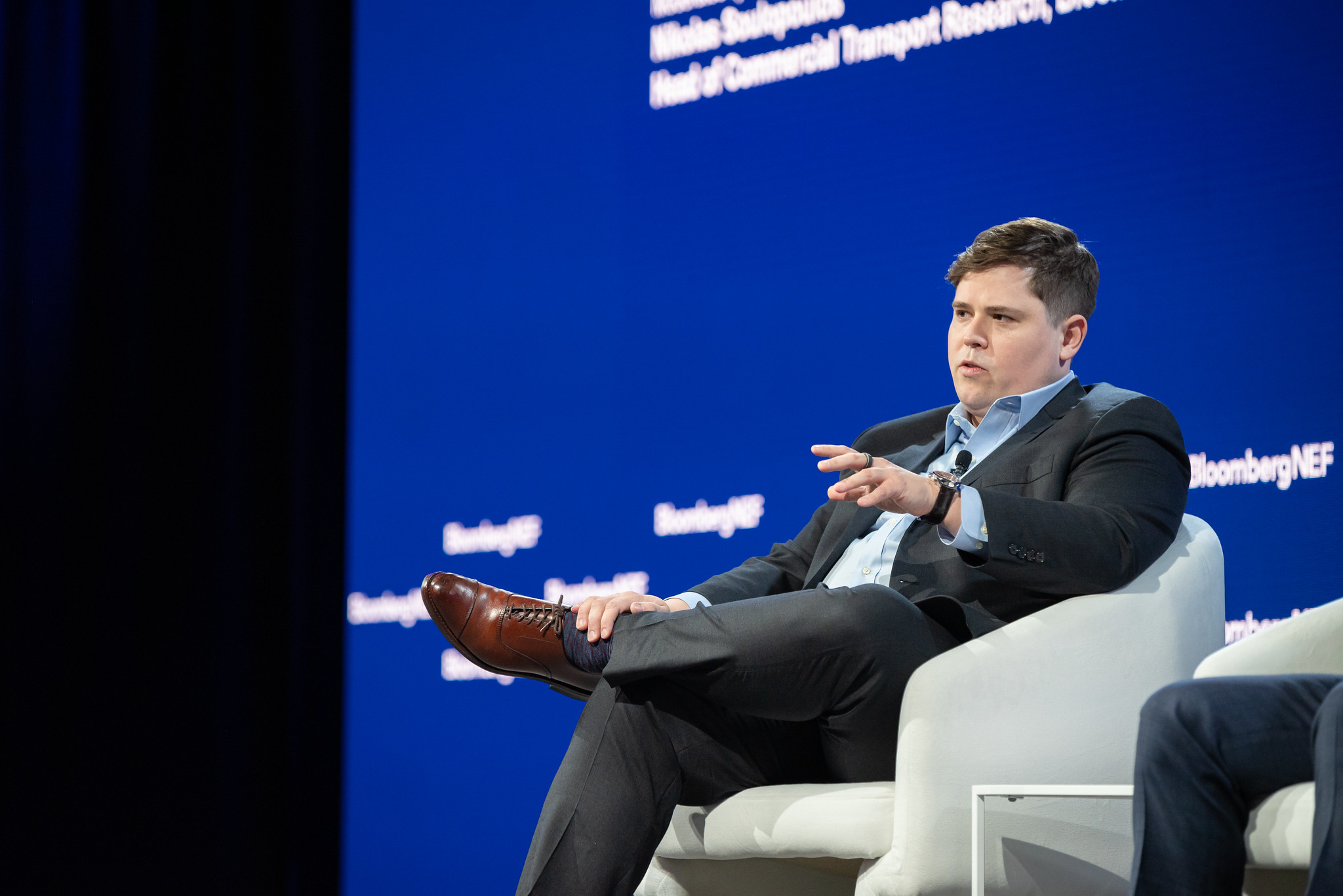CMC Packaging Automation, a leading supplier of automated packaging and mailing solutions that is proud partner of KKR’s Global Impact team and backed by Amazon’s Climate Pledge Fund, has launched its first annual sustainability report.
“I’m really proud to share our first annual CMC sustainability report with our partners, investors and the wider industry,” commented Francesco Ponti, the company’s Chief Executive Officer.” We are proud to have taken our social and environmental responsibilities seriously from the very start, and to continue that tradition right up to the present. This report demonstrates that it’s possible for a packaging company to make a positive difference to the world both through its own operations and on behalf of customers.”
“Social and environmental responsibility has definitively become a decisive part of the Group’s decision-making processes and strategic choices. All the solutions offered on the market not only aim to offer an economic or productive benefit but to further contribute to the achievement of the ESG objectives of our customer portfolio”, added Luca Barzaghi, the company’s Chief Financial Officer and Head of ESG.
Environmental impact
The report reveals that CMC’s packaging solutions have cut greenhouse gas emissions by 41-58% for its customers and also reduced the need for cardboard by 41% when compared with traditional packaging methods.
This represents an important benefit for the environment, since CMC works with more than 600 clients worldwide, including the planet’s largest multinational e-commerce, retail and 3PL companies. Its pioneering work on perfect-sized packaging means that it is now able to heavily reduce the cubic volume of each box and eliminate the use of void fillers. Through innovative technology such as the flexible CMC CartonWrap solution, CMC saved more than 194.000 metric tons of paperboard in 2022 alone, according to the report – up from 124.000 metric tons in 2021.
Planning for the future
The new sustainability report outlines the company’s environmental and social aims. In 2022, the company created a long-term environmental, social, and governance (ESG) roadmap, which includes investment in the company’s human capital and reaching net zero emissions from both its own operations and from purchased energy by 2050.
CMC also hired a dedicated ESG Manager to oversee the implementation of the roadmap. Progress on key performance indicators is reported on a quarterly basis to the company’s board.
“Today’s customers and investors expect packaging companies to emphasise ESG and sustainability in their operations. They want low-emissions technologies and innovative solutions that eliminate unnecessary materials and improve the environmental impact of their own businesses,” Mr Ponti added
“This report shows that sustainability is already at the heart of what we do at CMC, which is why we are backed by the KKR Global Impact team and Amazon’s Climate Pledge Fund. It highlights the progress we have made so far – working closely with our clients to make industry more environmentally friendly – but it also represents a commitment to continued innovation and improvement going forward. I very much look forward to sharing our progress with partners, investors and the wider industry in future sustainability reports.“
Request the full 2022 sustainability report here:







